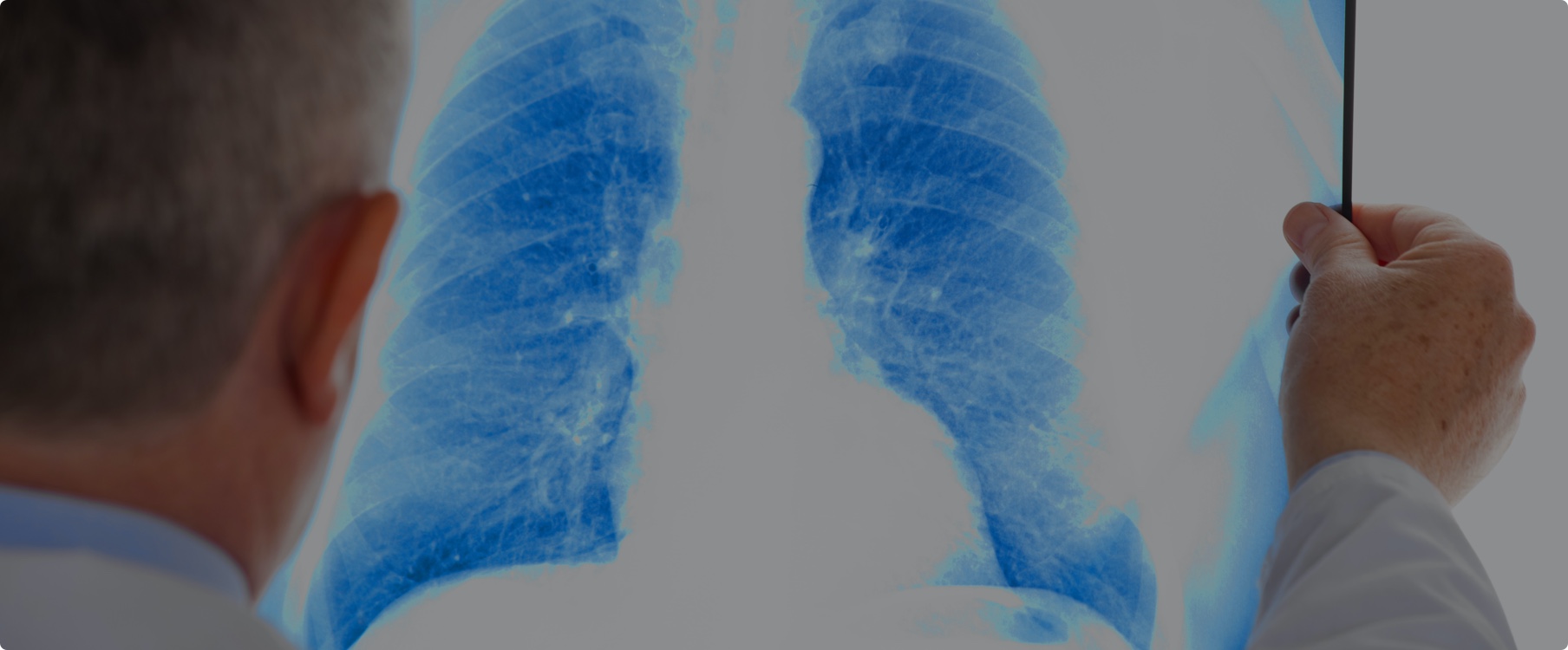Medical surveillance and advice on post-asbestos exposure
The Asbestos Safety and Eradication Agency (ASEA) commissioned the Monash Centre for Occupational and Environmental Health (MonCOEH), School of Public health and Preventive Medicine, Monash University, to undertake a literature review to identify best practice advice for individuals who may have been exposed to asbestos and the benefit of post exposure medical surveillance.
The researchers conducted a review of published literature, including available grey literature, and also relevant Australian and international bodies with interests in this area were contacted for information.
In Australia, the use and importation of asbestos was prohibited on 31 December 2003, though it had been progressively phased out of use since the 1980s in most work contexts. However, many years of asbestos use, particularly in the period after the Second World War has left potential for exposure in a variety of contexts associated with in-situ asbestos-containing products, particularly in building materials. Most asbestos-related conditions have a long latency period which means that new cases of these diseases continue to occur and are expected to continue for some time into the future. The long latency period refers to the time between initial asbestos exposure and when the disease is definitively diagnosed following a clinical examination.
A number of health conditions are associated with past asbestos exposure including pleural plaques, benign pleural effusions, diffuse pleural thickening, asbestosis, rounded atelectasis/Blesovsky’s syndrome, lung cancer, mesothelioma and retroperitoneal fibrosis. There is some evidence that certain other malignancies may also be associated with asbestos exposure, including laryngeal and ovarian cancers.
Occupational exposure to asbestos
The review identifies that clinical surveillance of individuals with a history of high levels of occupational exposure is important to consider, however the risks and benefits associated with ongoing surveillance should be considered in all patients.
When a patient presents reporting possible asbestos exposure it is most important to take a comprehensive medical, occupational and environmental history in order to elicit information which can assist in evaluating the likely level and duration of exposure and, where possible, to calculate an estimation of cumulative exposure dose.
The history should include a thorough smoking history, as well as the evaluation of current relevant symptoms and/or signs. Decisions about whether clinical investigations (eg. spirometry, imaging) are warranted should be informed by risk stratification informed by the history and, if ongoing surveillance is warranted, the surveillance strategy. Where the history indicates current smoking, smoking cessation should be encouraged because of the synergistic relationship between smoking and asbestos exposure in the aetiology of asbestos-related lung cancer.
For clinical as well as medico-legal purposes, workers exposed to asbestos should receive baseline lung function tests. Where there is considered to be a high risk of asbestos related disease, chest x-ray may be used periodically, at 3-5 year intervals, for the early identification of asbestosis. X-ray may be followed-up with High Resolution Computerised Tomography if results are unclear.
For individuals whose calculated risk of developing lung cancer exceeds 1.34% over 6 years from any combination of risk factors and asbestos exposure, the individual can be screened using annual Low-dose Computer Tomography for lung cancer. However the risks of screening should be considered for each patient.
Non-occupational exposure to asbestos
The situation regarding people presenting with past non-occupational exposure to asbestos has not been as well investigated and guidelines are not as clear. However, similar principles in the assessment of these people should apply. Even though asbestos exposure is likely to have been considerably lower than is the case with asbestos exposed workers, people presenting with this type of exposure are likely to be very anxious about risks to their health from such exposure. Therefore, whatever the estimated level of actual health risk, reassurance and advice should be provided to all patients presenting with concerns about asbestos exposure.
Assessment of the presenting individual’s likely risk and evaluation of the risk-benefit of any screening tests should be explained to and discussed with the patient and appropriate reassurances provided in this context. The risk assessment may also provide useful context for providing advice about relevant lifestyle risk factors, most notably smoking.
Safe Work Australia publish recommendations for medical surveillance for individuals or workers exposed to asbestos.
The Hazardous Chemicals Requiring Health Monitoring guide prepared by Safe Work Australia provides specific information relating asbestos health monitoring (see page 23).


